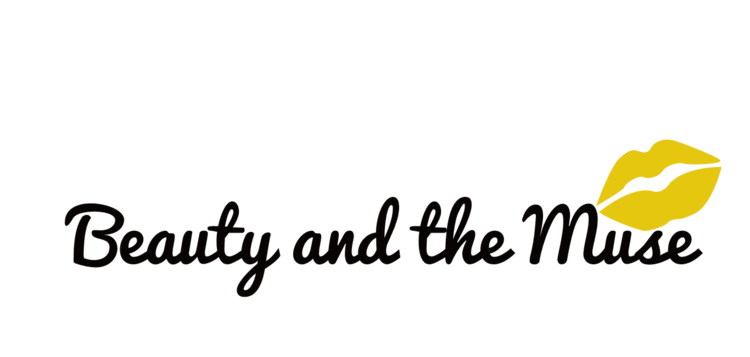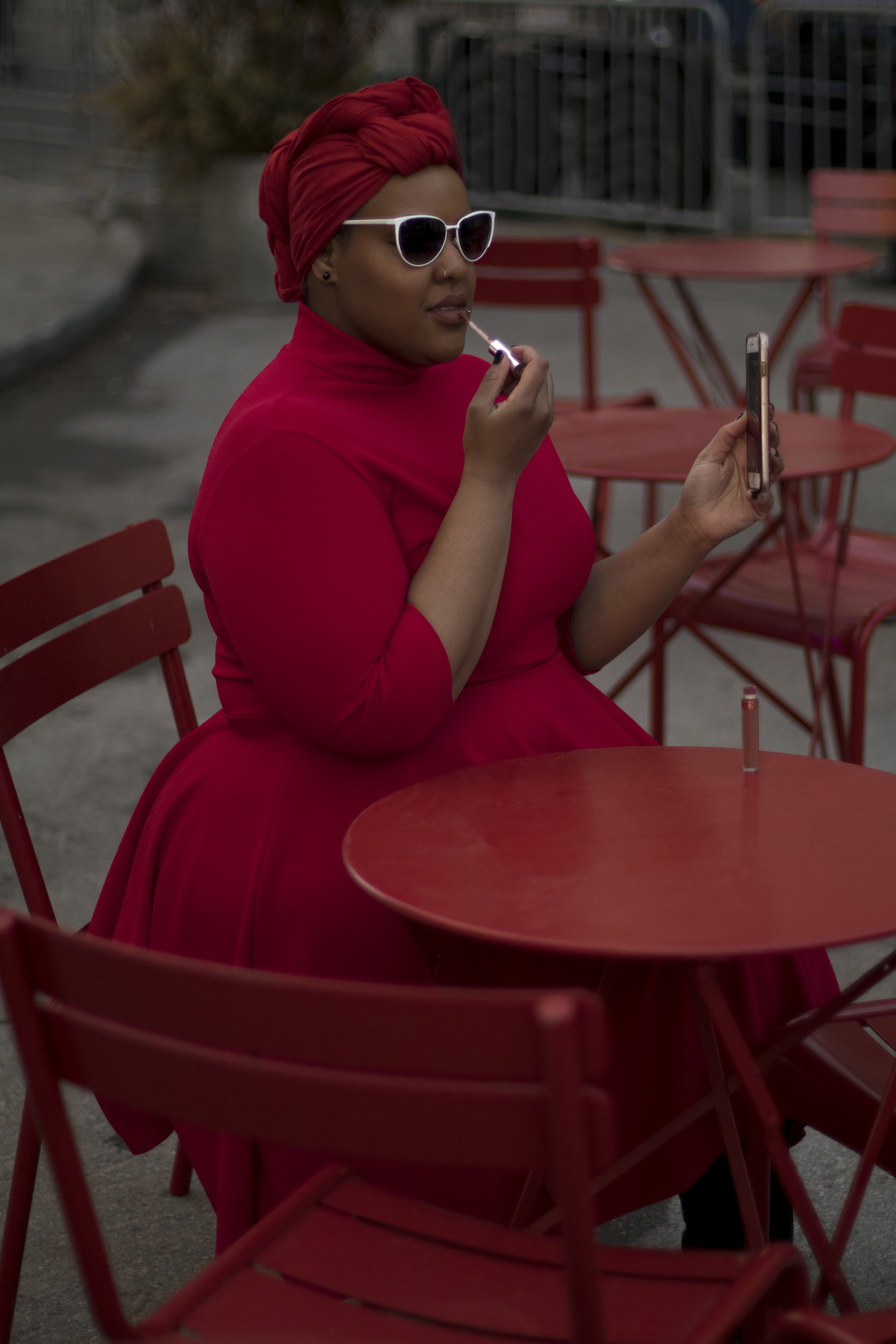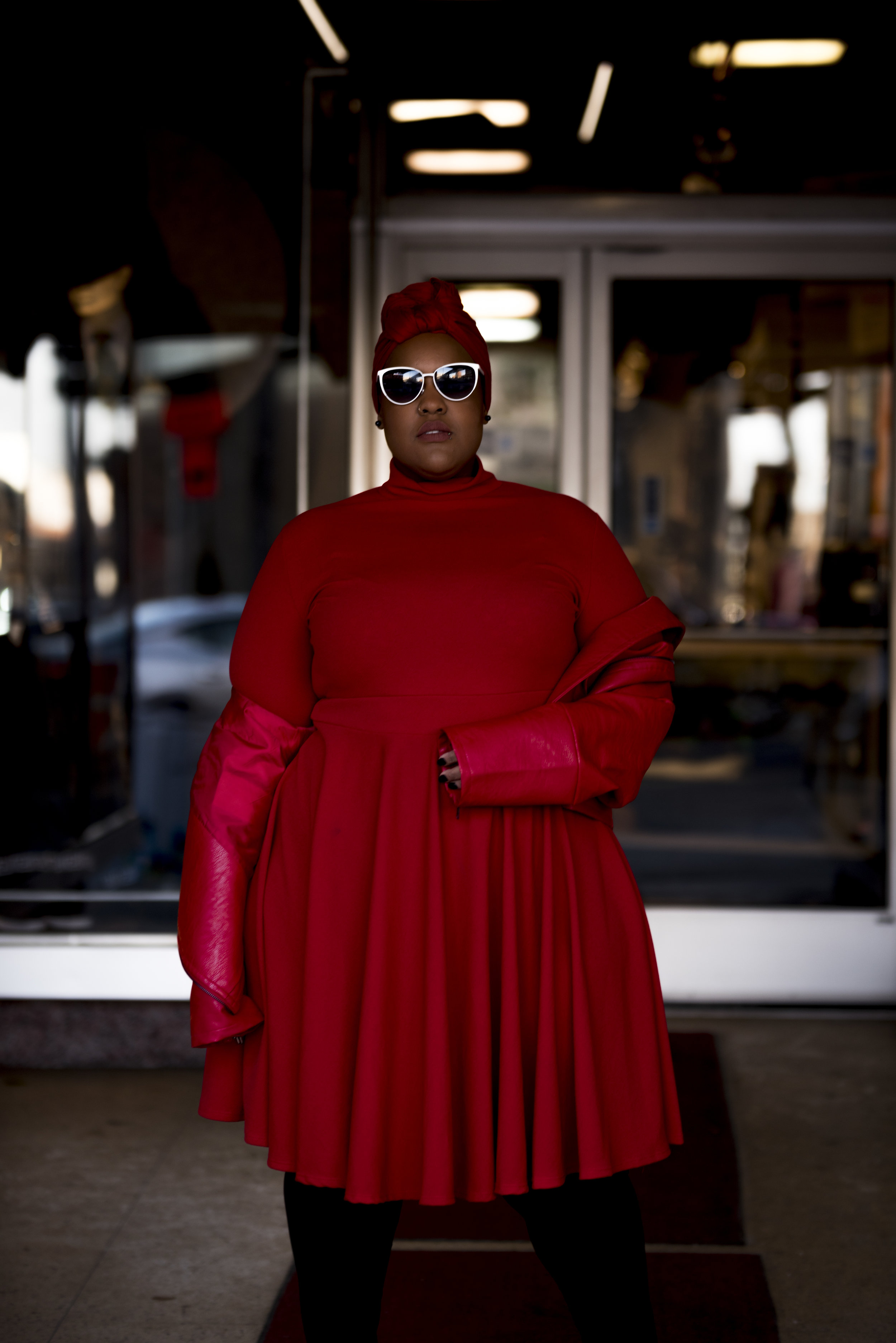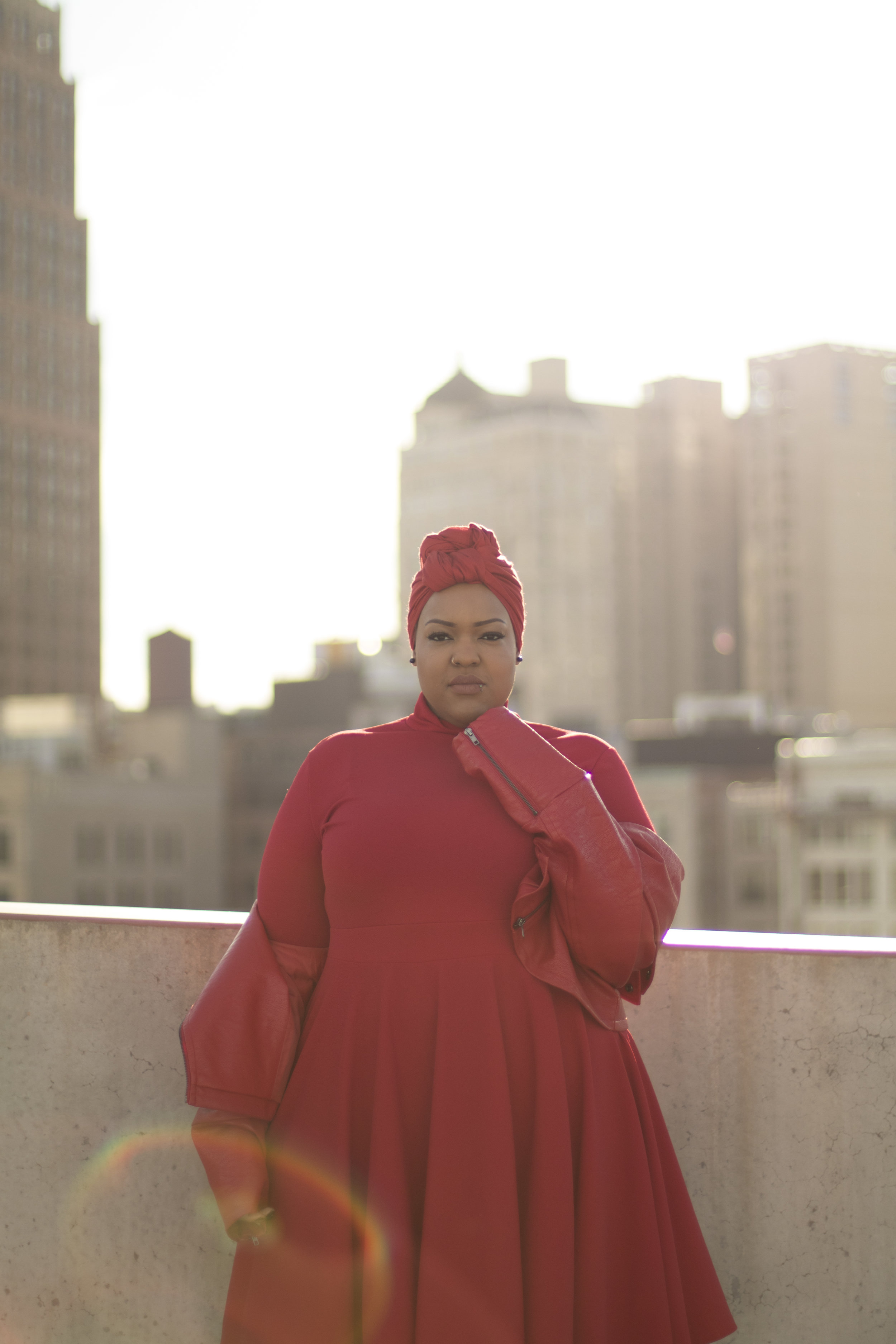Original Post from REWIRE NEWS
Photos courtesy of Nicole & Daniela Photography
We are not only Arab or Middle Eastern. We are not only hijabi. We are not only "straight-sized." Or submissive. We are African-American. Woke. Divorced. Fat. And more.
Muslims have become a hot commodity since 9/11—for better and worse. Our rise to “fame” started off rocky when a few bad men committed heinous acts of terrorism in the name of Islam. And some good ol’ Americans tore hijabs from women’s heads, beat and spat on Muslims, vandalized mosques, and left pig heads on porches—all in the name of trying to protect the United States from so-called “foreign invaders.”
Muslim coalitions, bloggers, interfaith organizations, and even celebrities such as Ashton Kutcher have banded together to change stereotypical narratives of Muslims: the bearded man with a curved sword, and veiled women who are either strapped with bombs or subordinated by their male relatives.
Turban/Hijab: HauteHijab
Their efforts have paid off in some ways and not in others (clearly, as in the Muslim ban and continued targeting of Muslims and our institutions). And Muslims, and specifically Muslim women, are trending; according to a March 2017 HuffPo article, the keyword search for “Muslim” on Getty Images increased by 107 percent from the year before. “Muslim women” was not far behind at 83 percent.
But what—or who—do people see in their minds when they think of Muslim women? There are notable hijab-wearing authors such as Tahereh Mafi, activists like Linda Sarsour, on-air personality Noor Tagouri, and bloggers including Dina Torkia.
These women have literally become the faces of Muslim women in the United States, the United Kingdom, and social media. And that’s a problem.
They are all what I call “straight-sized”—not plus-sized—Muslim women who appear European or Middle Eastern. And celebrating them—and them only—paints a narrow picture of the majority of Muslim-American women, just as media, the beauty industry, and countless other platforms exclude women of color.
Islam has deep roots in Black history as it swept through North and West Africa centuries ago. According to the Pew Research Center, only 14 percent of U.S. Muslims are from the Middle East. Forty-two percent were born in this country. Twenty percent of U.S. Muslims are Black, with large communities in many major cities such as Atlanta, Detroit, Los Angeles, New York, and Philadelphia.
Jacket: Eloquii
One day, I decided to Google “Muslim women.” Since Islam is such a diverse religion, I just knew the search would reflect that. On the first page, out of about 100 photos, there are only three African-American hijabis and one African hijabi among dozens of Middle Eastern or Arab women. I had a similar experience searching for articles on Muslim women, finding the blatant erasure of Muslims of color, too. Photos and quotes were from predominantly white or light-skinned Middle Eastern women. Even when HuffPo noted the growing online interest in Muslim women in one article, another featured seven women talking about faith, modesty, and fashion—and all of them were straight-sized women and most were fair-skinned.
The media and many Muslims love to focus on certain kinds of Muslims. Acceptable Muslimahs, I like to call them. For the media, it’s often the “oppressed Muslim.” She’s the Middle Eastern girl who is forced into an arranged marriage, isn’t allowed to drive, and covers in all-black with gloves. They also adore us the “good” and wholesome hijabi blogger. She’s usually a size small, wears pastels, and has about a million followers online. Her photos are perfect, and her husband makes fashionable cameos on her feed. The activist Muslim is usually draped in an abaya or loose-fitting clothes and always with hijab. She can be found making salat or praying on the grass at a rally for Trump’s latest Muslim ban. And, let’s not forget, she’s a fair-skinned woman with roots in the Middle East.
Prejudice and racism are a problem within Muslim communities. No one likes to talk about that because they don’t want to add to the rising Islamophobia since 9/11 and the Trump era. But it’s a sad truth.
Although it is totally against Islam to judge someone based on the color of their skin, it happens more than you think. I’ve experienced racism from Muslims. One time, I went into a hijab store in Dearborn, Michigan, and the owner completely ignored me; when a woman of Middle Eastern descent came in the store, he immediately greeted and assisted her. I’ve also gone to pray at predominantly Middle Eastern mosques and been stared at as if I didn’t belong. There are also countless stories of Muslims not allowing their children to marry a Black or African-descent Muslim solely based on their heritage.
Dress: Society +
As a Black Muslim woman, I have to fight for accurate representations of Muslim Americans. And I have to fight within my own religious community to hear the stories of Muslims who are African-American, Latina, or African.
The specific bias against African-American Muslims is evident. Since we are treated like second-class citizens in America by racists and “All Lives Matter” folk, others feel as if they can do the same. There’s a superiority complex that a Middle Eastern Muslim is better, more authentic, and that we are “copies.” In my experience, too many Muslims play into the stereotypes of African-Americans: that we are lazy, less educated, promiscuous, and aggressive.
Zeba Khan said it well: “Many Middle Eastern and South Asian Muslims view Arab culture as a proxy for Islamic authenticity, thereby denying the legitimate spiritual expressions of others. Against the racial context in the United States, it’s not difficult then to see how this intrafaith racism and implicit bias against Black Muslims persists. After all, as historian Vijay Prashad explains, ‘Since Blackness is reviled in the United States, why would an immigrant, of whatever skin color, want to associate with those who are racially oppressed?’”
We live in such a Eurocentric society that already tells young girls that they aren’t worthy unless they have light or white skin. Our fatphobic society tells us that we aren’t beautiful if we aren’t a certain weight. That if we decide to wear hijab, we are oppressed. We—Muslims and non-Muslims alike—need truthful representation of Muslim women, especially now as others define or denigrate us.
We are not only Arab or Middle Eastern. We are not only hijabi. We are not only straight-sized. Or submissive. We are African-American. White. Asian. African. Latina. Some of us are feminists. Tattoo artists. Queer. Woke. Divorced. Fat. Sexual assault survivors. Mentally ill. And we all have a story to tell.




